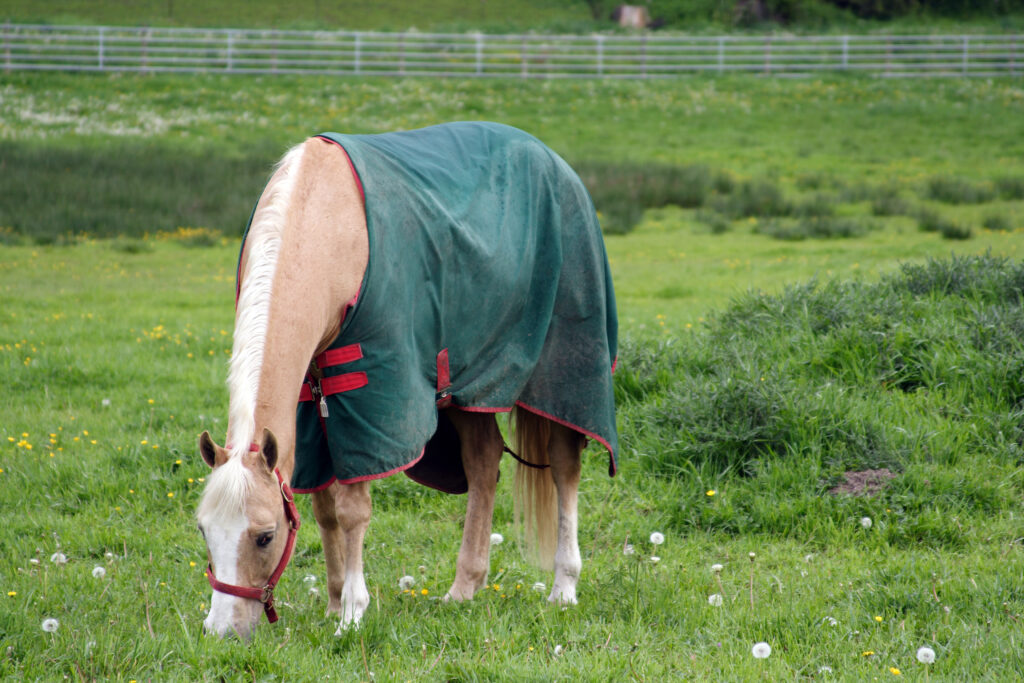
Many horse owners worry about winter weather and whether their horses are adequately protected from wind, snow, and cold. Some horses might not need to be blanketed during winter, while others might need multiple blankets.
Carey Williams, PhD, equine extension specialist and director of Endocrinology and Animal Biosciences Graduate Program at Rutgers University, in New Brunswick, New Jersey, says horse owners should understand that not all horses need blankets. The decision often depends on their age, activity level, and body condition.
“Older horses that are harder to keep weight on might be more comfortable with a blanket,” she said. “Any horse that is exercising/ridden in winter and clipped for ease of drying and cooling out after working and sweating will need a blanket. If you don’t plan on riding a lot in winter, however, and don’t clip them, or they get a thick coat or are on the higher end of body condition, they might not need a blanket.”
Consider your climate and environment. Where Williams lives in New Jersey, an unclipped horse with a healthy body weight often fairs well without a blanket.
Once you begin blanketing your horse, you will likely need to continue blanketing them for the duration of winter. “If you put a blanket on a horse that has a full winter hair coat (not body clipped), you flatten down the hair that generally stands up with tiny air spaces between hairs (called loft) and traps body heat,” says Williams. This disrupts the natural insulation, which takes time to rebuild.
You can find many types of blankets on the market. “If your horse is outside, use a waterproof blanket,” said Williams. “Otherwise, once the blanket gets wet and the horse gets wet underneath it, this can cause skin problems. Certain bacteria and fungi thrive in warm, moist environments, and that’s what you’ll have if that horse gets wet.”
Also consider the weight of the blanket and whether it has insulating material. If your horse is over-blanketed, he might sweat underneath, putting him at risk of bacterial or fungal infection or becoming too cold from being wet under the blanket when the temperature drops. “It’s better to underblanket than over-blanket because the horse can thermoregulate by shivering if he gets a little cold,” says Williams.
The muscle action of shivering increases blood circulation, creates body heat, and helps the horse stay warm. Having a structure where your horse can escape from bad weather will help him stay warm even on windy or snowy nights.
All horses are different. “You can’t go into a barn and say they all need medium-weight blankets,” says Williams. “Each horse, because of its age, body condition, quality of hair coat, ability to thermoregulate, and its adaptation to the cold (if it just came from a warmer or colder climate) might need a different blanket.”
Take-Home Message
Consider many variables when creating a blanketing plan for your horse, says Williams. Horses that are clipped, older, or tend to run cold might need heavier blankets than unclipped horses accustomed to living outside with free access to a shelter. Ultimately, when deciding your blanketing plan, consider your horse’s intended use for the winter, his age and body condition, and the time you have available for blanket changes.


